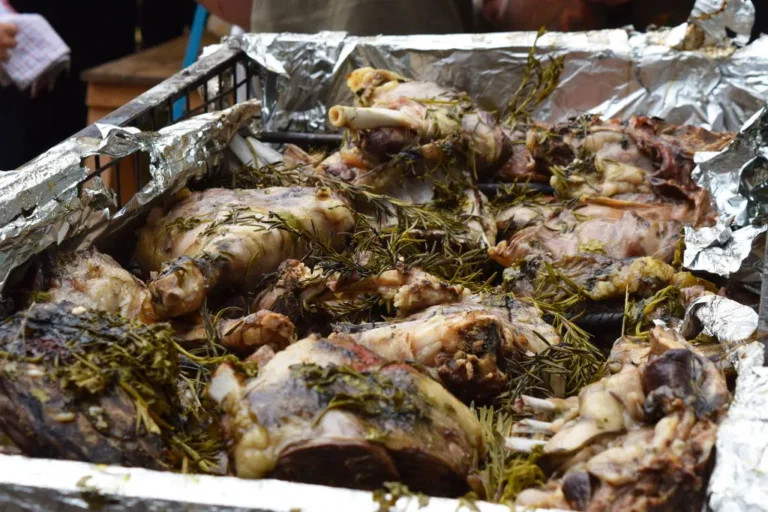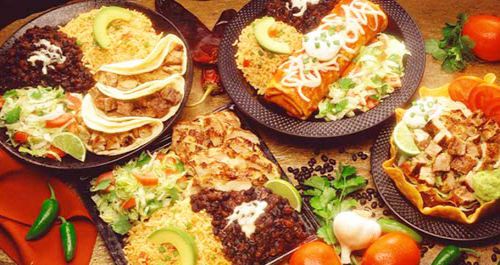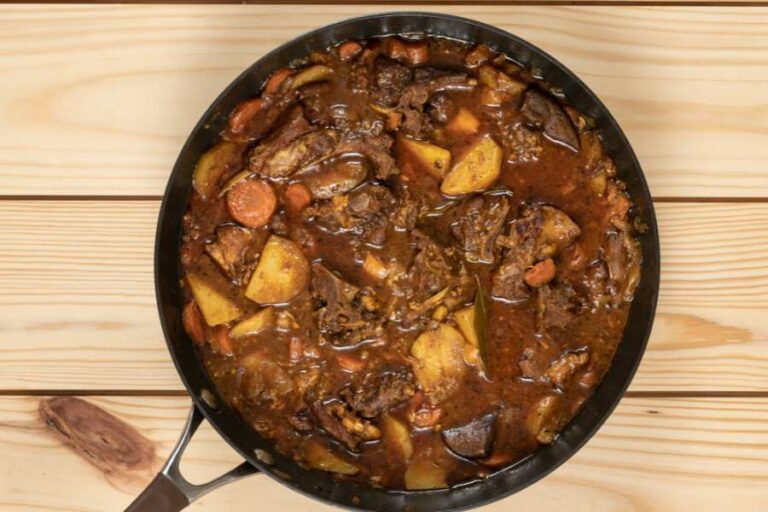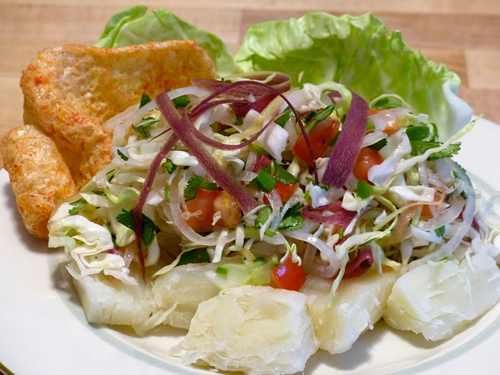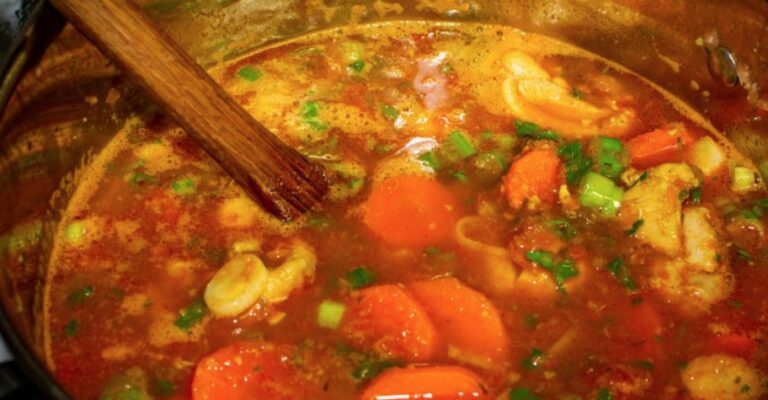Introduction: Nepalese Cuisine
Nepalese cuisine is known for its unique blend of flavors that come from a diverse range of spices and herbs. The cuisine is heavily influenced by its neighboring countries, including India, Tibet, and China. Nepalese cuisine is characterized by its bold and rich flavors that are a result of the use of a variety of spices and herbs.
Basic Ingredients in Nepalese Cooking
The most commonly used ingredients in Nepalese cuisine are rice, lentils, vegetables, and meat. The cuisine is also characterized by the use of dairy products, such as yogurt and ghee. The use of mustard oil is also quite common in Nepalese cooking. Fresh ingredients, such as ginger, garlic, and onions, are used extensively to enhance the flavors of the dishes.
Understanding the Role of Spices and Herbs
Spices and herbs are an essential component of Nepalese cuisine. They are used to add flavor, aroma, and color to the dishes. Spices and herbs are also known for their medicinal properties and are often used in traditional Nepalese medicine. The use of spices and herbs varies depending on the dish and the region.
Popular Spices Used in Nepalese Dishes
Some popular spices used in Nepalese dishes include cumin, coriander, turmeric, cardamom, cinnamon, and cloves. These spices are used in various forms, including whole, ground, or as a paste. Cumin and coriander are often used as a base for curries, while turmeric is used to add color and flavor to the dishes. Cardamom, cinnamon, and cloves are used in sweet dishes and desserts.
Popular Herbs Used in Nepalese Dishes
Some popular herbs used in Nepalese dishes include cilantro, mint, dill, fenugreek, and bay leaves. Cilantro is used as a garnish for many Nepalese dishes, while mint is used to add a fresh flavor to the dishes. Dill and fenugreek are used in pickles and chutneys, while bay leaves are used to add flavor to soups and stews.
Conclusion: Spices and Herbs in Nepalese Cuisine
Spices and herbs play a significant role in the unique and flavorful Nepalese cuisine. The use of spices and herbs varies from region to region, and each spice and herb adds a unique flavor and aroma to the dishes. Understanding the role of spices and herbs is essential in preparing authentic Nepalese dishes.





